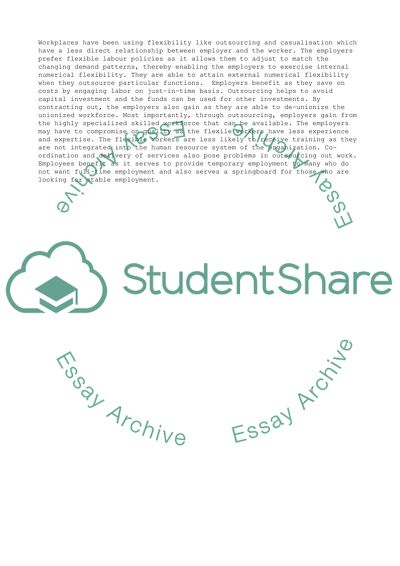Cite this document
(“Employment Relations Essay Example | Topics and Well Written Essays - 1500 words - 2”, n.d.)
Employment Relations Essay Example | Topics and Well Written Essays - 1500 words - 2. Retrieved from https://studentshare.org/business/1550671-employment-relations
Employment Relations Essay Example | Topics and Well Written Essays - 1500 words - 2. Retrieved from https://studentshare.org/business/1550671-employment-relations
(Employment Relations Essay Example | Topics and Well Written Essays - 1500 Words - 2)
Employment Relations Essay Example | Topics and Well Written Essays - 1500 Words - 2. https://studentshare.org/business/1550671-employment-relations.
Employment Relations Essay Example | Topics and Well Written Essays - 1500 Words - 2. https://studentshare.org/business/1550671-employment-relations.
“Employment Relations Essay Example | Topics and Well Written Essays - 1500 Words - 2”, n.d. https://studentshare.org/business/1550671-employment-relations.


